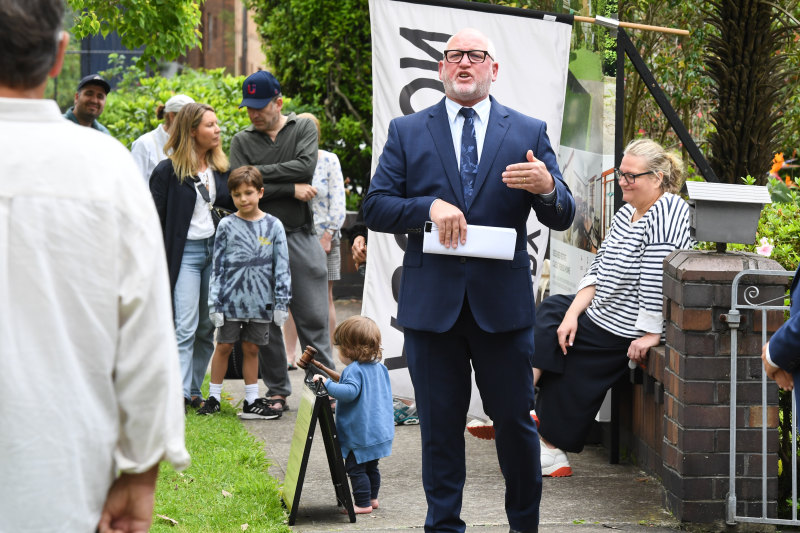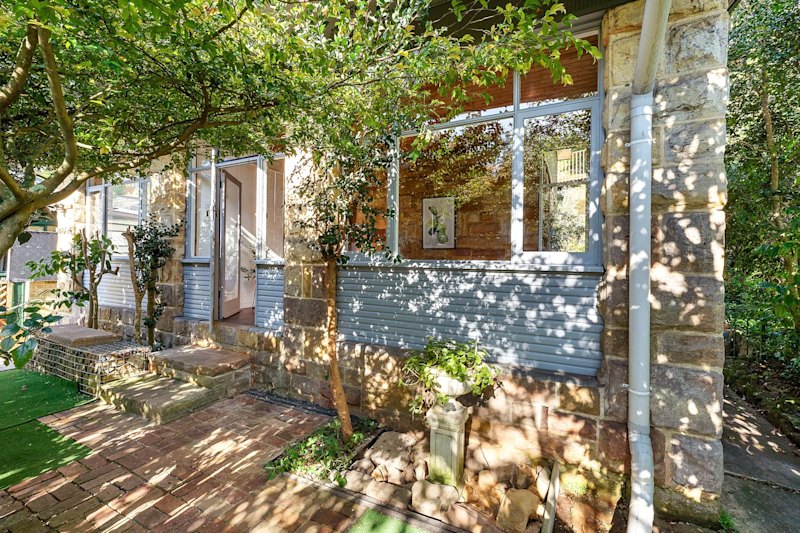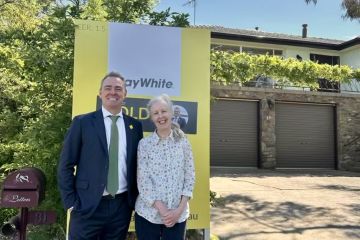The $100,000 hit to potential home buyers as cost of living soars

Potential home buyers have had their budgets cut by as much as $100,000 as banks reassess their rising cost of living.
Families are the hardest hit as they have more essential costs, which account for the majority of inflation pressures, and fewer ways of cutting back on non-discretionary spending.

That’s because the Household Expenditure Measure, a tool used by lenders to estimate a borrower’s living expenses as a benchmark against their reported spending, has been increased twice this year. Lenders may reduce the amount of money they offer to borrowers who have higher expenses compared to their income.
It is expected to rise again this year as it is closely tied to the Consumer Price Index, which reached 7.3 per cent in the year to September, Australian Bureau of Statistics figures show.
While fast-paced interest rate rises are driving the majority of the reduction in borrowing power when buyers take out a home loan, industry figures say the measure has compounded that.
Melbourne Institute’s professor of applied economic and social research Guyonne Kalb, who helps calculate the measure, said while the exact figures are not public, it has been steadily rising on a quarterly basis since the second quarter of 2021 to reflect the higher cost of goods and services.

“There’s less money left over to pay off a loan. It’s a double whammy. It’s coming from two sides,” Kalb said.
“That’s the crux of it. The cost of living goes up, the cost of housing goes up with interest rates. It’s another expenditure that is going up. That clearly has an impact.”
Two Red Shoes principal and mortgage broker Rebecca Jarrett-Dalton said all her clients have been affected to varying extents, depending on the amount they want to borrow and their reported costs.
“It only affects you if you’re borrowing the maximum and your expenditure figures are beneath the measure,” Jarrett-Dalton said.
This can often be someone who is eager to get into the market, such as first-home buyers, but can also include upgraders and low-income earners.
“The more dramatic shifts have been in the last couple of months, and it’s just a reflection of inflation,” she said, adding that most people report below the measure when many, in fact, spend more.
In one case, a single applicant on $70,000 a year lost $20,000 in borrowing capacity after the measure was revised up.
“She will be able to buy something, but the type of property has had to change. She was looking for a two-bedroom unit before, now she has to look for one [bedroom]. It’s not pretty.”
Mortgage Choice Dee Why principal James Algar said the measure, which reflected the rise in the cost of living, was compounding the pain of rising rates, especially for families.
“The [House Expenditure Measure] has changed more significantly for families than any other household, especially when someone is part-time,” Algar said.
One family lost $100,000 in borrowing capacity on a $2.6 million loan application when the measure changed in the past quarter.
“So it’s about as much as a 3 per cent [reduction] in that case. When they’ve lost 20 per cent of their borrowing just on interest rate changes, another 3 per cent, it all counts.
“Ultimately, that flows through, they have less spending power. They’re not alone, anyone in a similar situation is experiencing the same.”
40Forty director and mortgage broker Will Unkles said rising prices on essential goods and services meant buyers had even less borrowing power when looking to buy property as a result.
“The effect of [House Expenditure Measure] changes would have been no more than 5 per cent. But that coupled with already reduced borrowing capacity from interest rates, that points to less money in the pocket of buyers,” Unkles said, adding that it affected about 30 per cent of his home loan applicant clients.
We thought you might like
States
Capital Cities
Capital Cities - Rentals
Popular Areas
Allhomes
More

/http%3A%2F%2Fprod.static9.net.au%2Ffs%2Fb3210586-db4d-4ae2-b8f8-a9914e9ad607)








